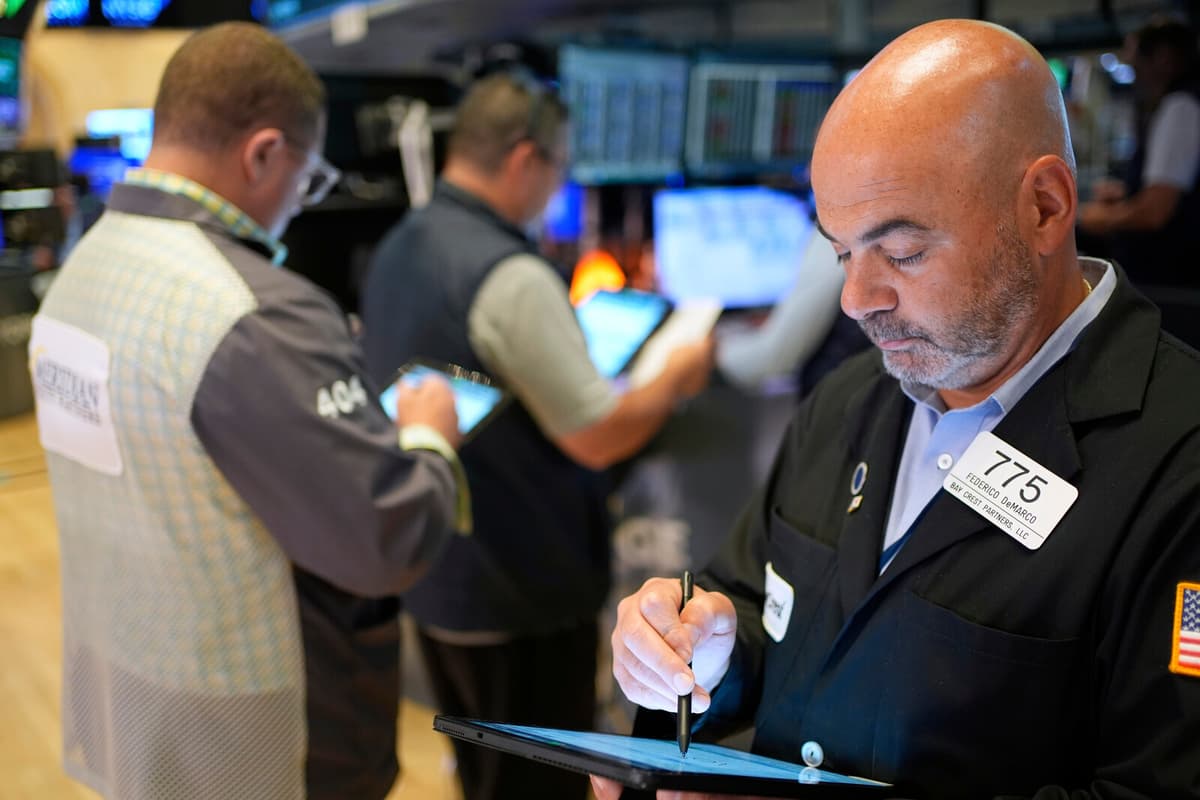Trump's statement over the weekend about introducing 30-percent import tariffs on goods from the EU and Mexico on August 1 had a negative impact on the stock market mood in Europe and parts of Asia.
It was yet another in a series of various tariff-related threats – which are often later changed – that have gotten market players to tear their hair out and desperately try to understand what the consequences of the messages can be.
A result of this, in turn, is increased caution and a reluctance to act offensively – since it is virtually impossible to put a price on risk-taking.
Cheaper oil
When the stock exchange in New York closed on Monday, the broad S&P500 index had risen 0.1 percent, the Dow Jones industrial index 0.2 percent, and the technology-heavy Nasdaq composite index 0.3 percent.
On Friday, the stock exchange fell after Trump said he would introduce 35-percent tariffs on goods from Canada on August 1.
On Monday, Trump also came with the message that Russia and its allies can expect 100-percent tariffs if no peace agreement is reached with Ukraine within 50 days.
This made the oil price fall, notes the news agency Bloomberg. A barrel of North Sea oil (Brent) is traded for 69.3 dollars, a decline of 1.6 percent during the day, while a barrel of American WTI oil fell 2.1 percent and costs 67 dollars.
Companies report
Something else that also gets investors to wait is statistics expected later in the week on the US inflation rate, as well as upcoming quarterly reports from a number of companies – including the larger banks.
The big question for the markets in the coming weeks is whether the profits, which are expected to be solid, can overshadow the tariff problems that still exist in the background, says Glen Smith, investment manager at the financial advisory firm GDS Wealth Management, to CNBC.






